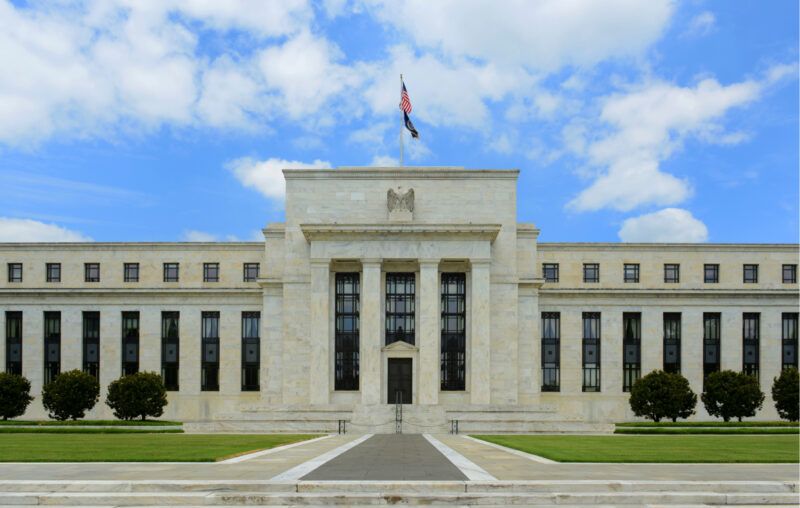Average Inflation Targeting Risks Further Politicizing the Fed

The Fed has announced a major change on its policy regime. The Fed abandoned a 2 percent inflation target in favor of a 2 percent average inflation target (AIT). The former policy treated the 2 percent more as a ceiling than as a target to hit. The new policy changes this, and treats the 2 percent inflation as a target to hit on average.
The new average inflation targeting policy regime is intended to help with a credibility issue. The former inflation targeting policy regime prevented the Fed from anchoring long-run inflation expectations at its preferred two percent. The new policy regime may not do much to anchor short-run inflation expectations, but it is expected to anchor long-run expectations more effectively.
Pushing inflation expectations to two percent and then meeting those expectations risks further politicizing the Fed. For starters, a Fed that generates more inflation will typically remit more revenues to the Treasury. Perhaps more importantly, though, the Fed’s post-2008 operating regime limits the Fed’s ability to resist pressure to conduct fiscal policy on behalf of Congress and the Treasury.
In October 2008, the Fed began paying interest on excess reserves (IOER). In doing so, it changed the way it conducts monetary policy. Prior to October 2008, the Fed would expand the money supply by increasing the quantity of reserves through open market operations and relying on banks holding those additional reserves to increase lending to businesses and consumers. Since October 2008, however, banks have been able to collect interest directly from the Fed by holding (rather than lending) their reserves. An increase in reserves via open market operations no longer encourages bank lending as it did in the past.
Given the prevailing operating regime, where the Fed pays IOER, how can it achieve a higher rate of inflation? It could reduce IOER. On the margin, paying banks less to hold reserves would encourage some banks to increase their lending. But, given the vast amount of reserves created since 2008, reducing IOER is somewhat risky. If banks are especially sensitive to IOER changes, a small reduction in IOER could unleash a flood of lending that pushes inflation much higher than the Fed would like.
Given the uncertainties with adjusting IOER, the Fed might instead opt to lend directly to businesses and consumers. Its host of new lending facilities, some of which were established during the Great Recession and revived in the last few months, suggests that’s quite likely. Bypassing the banks means the Fed can make sure newly created money makes its way to the economy. But it also shifts the decision of how to allocate credit from private banks to the Fed.
It is hard to believe the Fed would be as good at allocating credit as the private banking system. The Fed has little experience allocating credit. It also lacks the incentives private banks face. Rather than making decisions to maximize profit, it would extend credit as it sees fit or—perhaps worse still—defer to Congress. Running fiscal policies off-budget through the Fed’s credit facilities evades the usual democratic checks on spending decisions. It also takes the Fed’s focus off of its primary mission, which is to maintain nominal stability.
Perhaps the Fed’s move to average inflation targeting won’t make much of a difference. But it nonetheless risks further politicizing the Fed. To the extent that it means the Fed will engage in even more credit allocation and Congress will take a more active role in guiding those credit allocation discussions, there is cause for concern.











